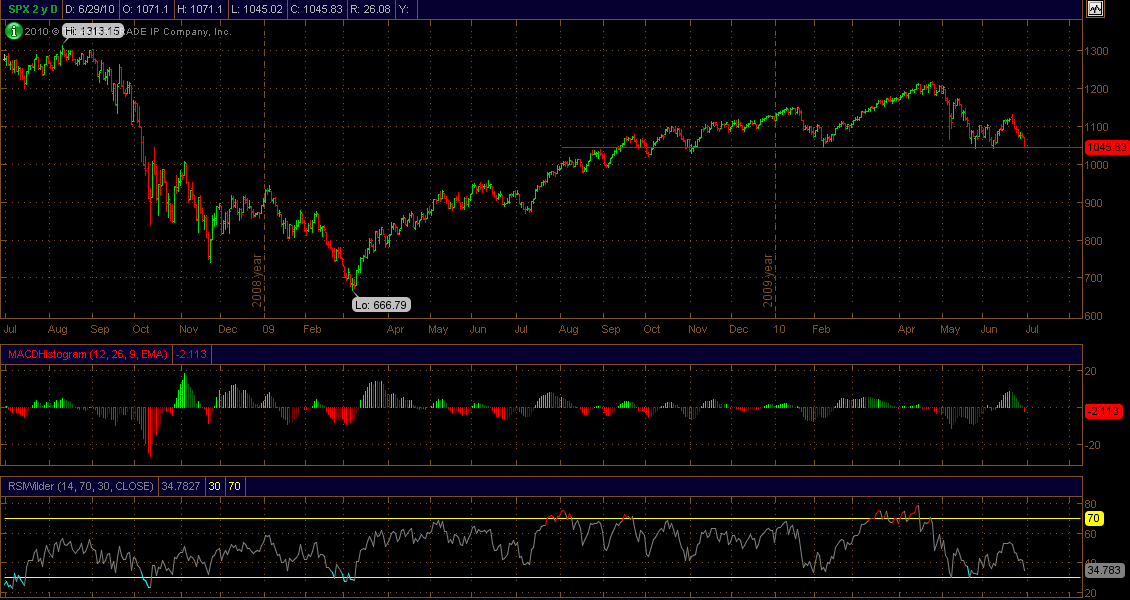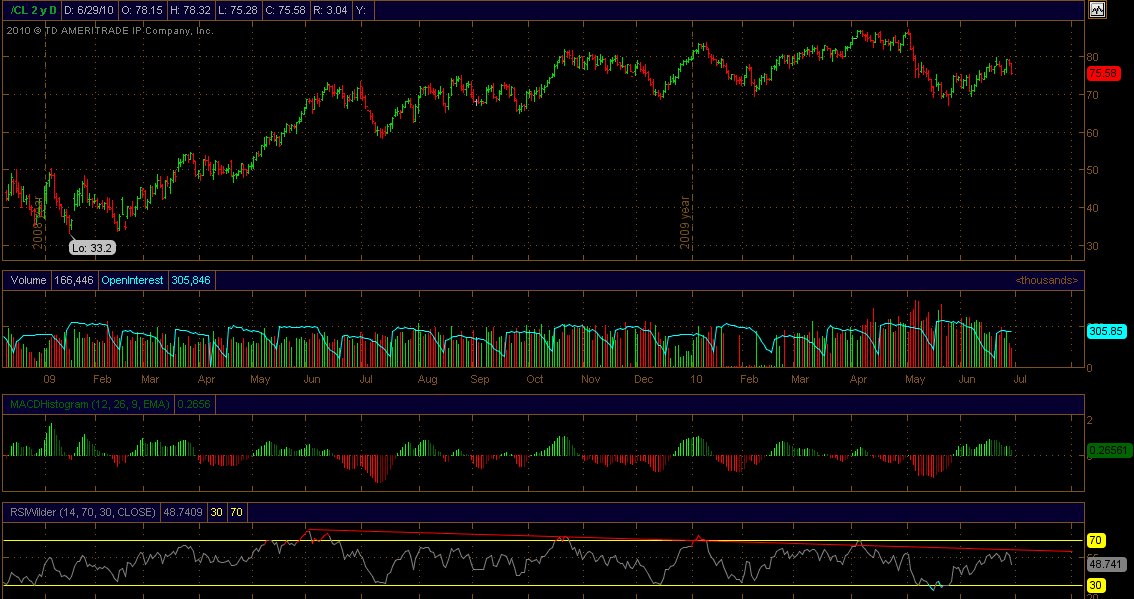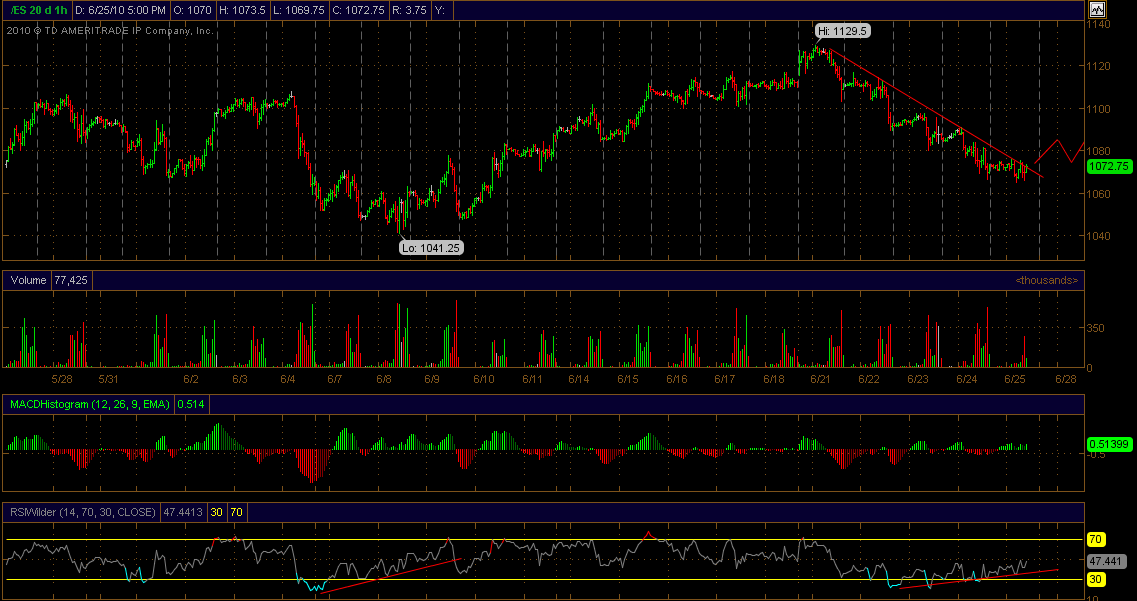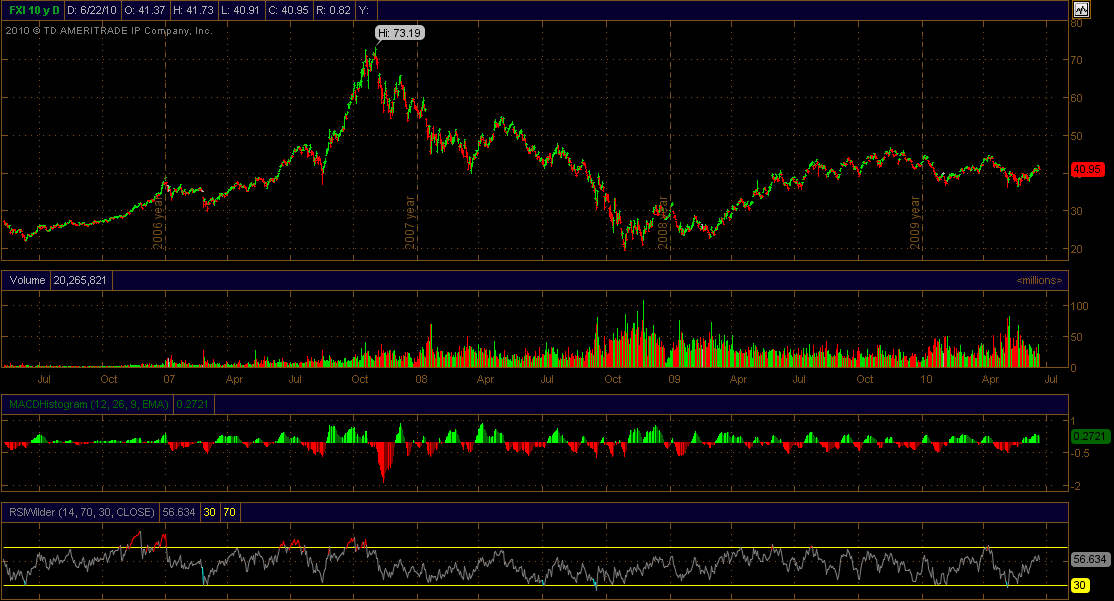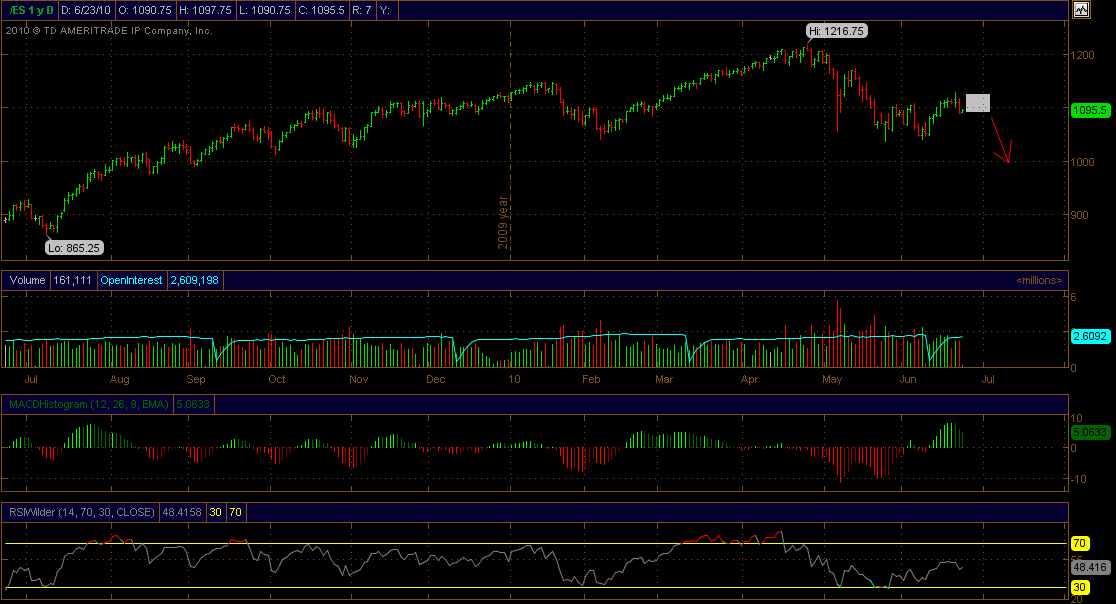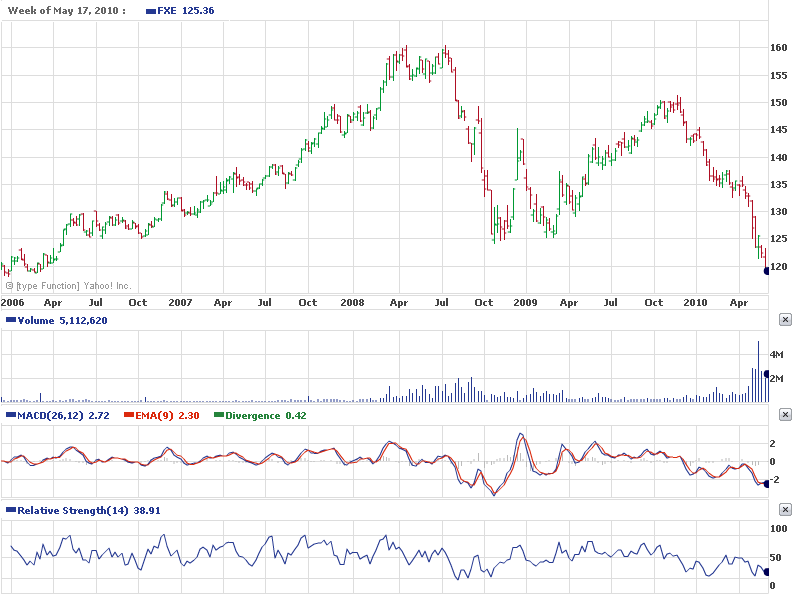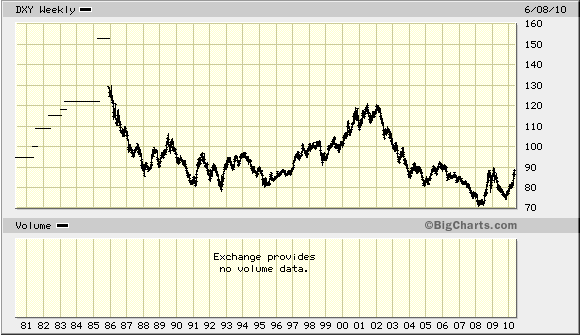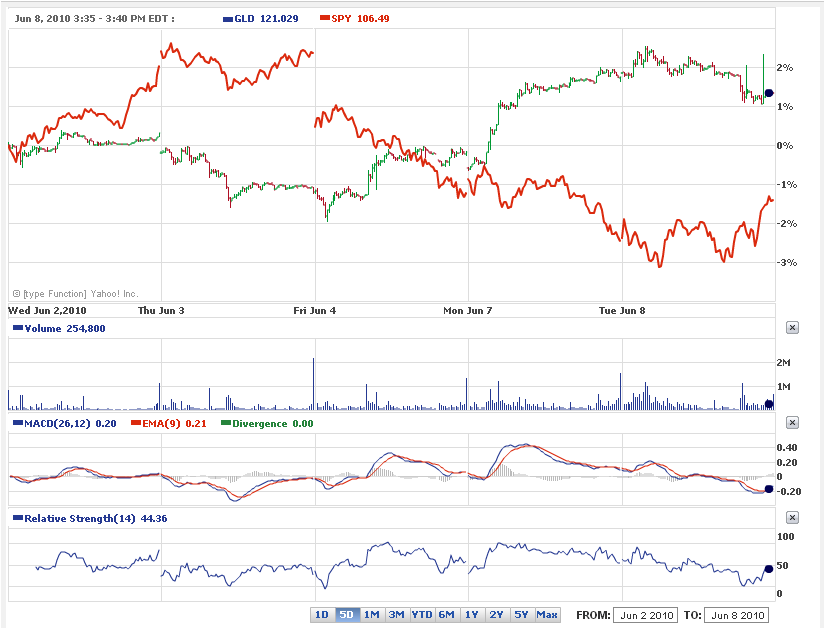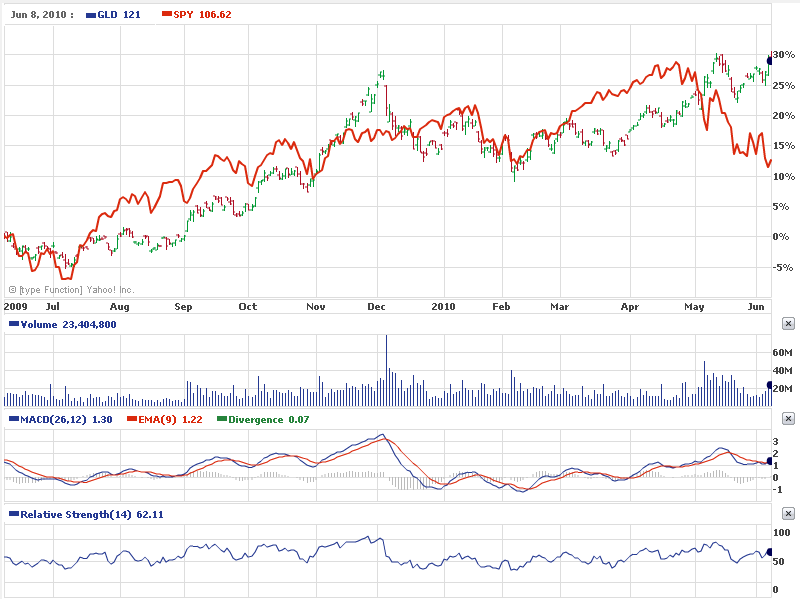The S&P 500 is currently yielding about $25.50 per share annually, about 2.3% at today’s level. Sub-3% yields are a characteristic of the bubble years. Before the 1990s an index yield under 3% was very skimpy, hardly justifying the risk of capital loss. Reduced marginal taxation of 15% (with 0% and 5% rates for low-earners) on qualified dividends (meaning on shares held more than 1 year) helped somewhat to justify lower yields, though in the rapid-turnover casino environment after 1995 dividends have hardly mattered to a stock’s performance.
Presuming that the aftermath of the credit bubble has brought a secular value restoration phase (Jim Grant’s term) and growth is missing or anemic, dividends should take greater precedence in investors’ minds. The aging of the developed world should also play a role as retirees opt for safety and income. In this environment, the denominator in the yield equation, share prices, would be expected to adjust downward regardless of any change in tax policy.
To make matters worse, when dividends are subjected again in 2011 to 39.6% federal taxation, prices would have to fall by roughly 30% to offer the same yield, assuming constant dividends. The S&P’s $25.50 yield nets $21.67 this year for a real yield of 2.0%, but to get the same net yield next year either the payout would have to increase to a record $36 or the index would have to fall to 780 (the after-tax net on $25.50 is $15.40 at 39.6%). Although forgotten lately, the stock market’s fundamental value is derived from expected income, so taxation cuts right to the bottom of any valuation estimate.
Dividend payouts remain at the same depressed levels of late 2008 and early 2009, even as earnings have regained lost ground. If and when sales take another turn downward, perhaps aided by cuts in state and local government wages and further layoffs by small businesses, margins and dividends may again come under pressure. With the 10-year treasury bond yielding over 3.25%, where’s the margin of safety in stocks? The 5-year note even yields as about much as stocks, and unlike stock dividends, treasury yields aren’t subject to state-level taxation in the US.
As of today, there are actually some remarkably good yields available from blue-chip stocks such as utilities, consumer staples and tobacco companies. Here’s a list, updated frequently. I’d keep an eye on a few of these. If stocks fall to a level where the after-tax yield looks attractive, I’d be interested in picking up a basket of these for the long-haul. At that point in the cycle the ones with low debt will be among the safest financial instruments you could ever find, since there are productive assets backing that equity — even better if you spread out the political risk across the world.
-
Editorial here: Why raise these taxes (or have them at all), when the revenue derived from them is a tiny portion of the federal ledger and their imposition in all liklihood costs the government (let alone the well-being of the nation) multiples more than they generate, due to lost investment. The government blows the money — it goes down the welfare/warfare rat hole, subsidizing the worst elements at home and abroad.
So why do it? Because the people who make such decisions are either ignorant and idealogically driven (a few, such as Ivy-indoctrinated DC functionaries and academics) or just don’t give a damn about the welfare of the country (the majority). They believe that punitive taxation helps them keep office (it just sounds good to tax the “rich”), and as the balance of the western workforce shifts more and more from production to leaching as government and society age, this is ever more the case.

